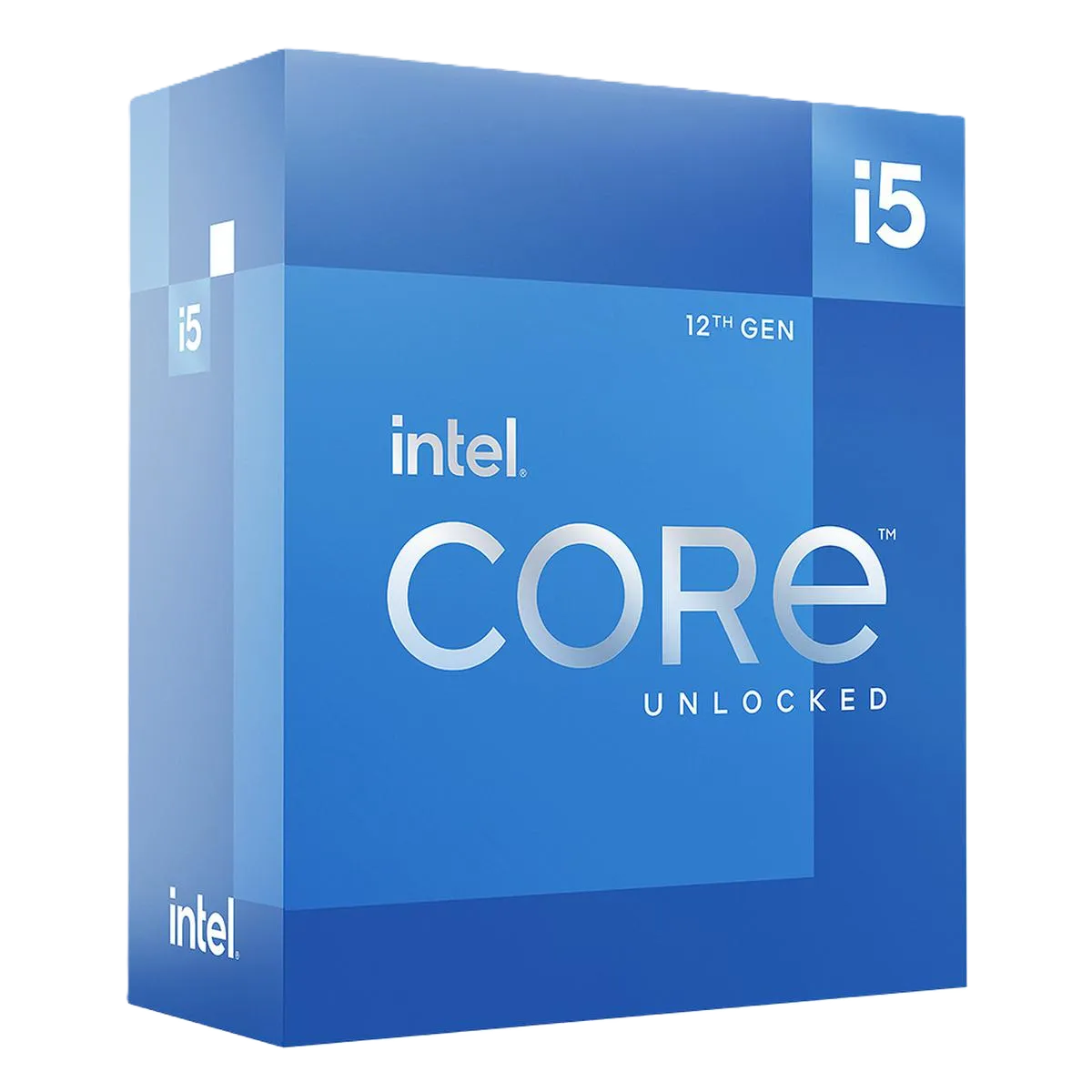
Intel
CPU
Intel Core i5-12600K
MSRP:
$180
Technical Specifications
Performance Core Clock
3.7 GHz
Performance Core Boost Clock
4.9 GHz
Base Clock
3.7 GHz
Boost Clock
4.9 GHz
L2 Cache
10
L3 Cache
20
TDP
125W
Includes Cooler
No
Socket
LGA1700
Cores
10
Threads
16
Integrated Graphics
Intel UHD Graphics 770
Maximum Supported Memory
128GB DDR5-4800
ECC Support
No
SMT Support
Yes
Release Year
2021
MSRP
$180
Manufacturer
Intel
Pros & Cons
Pros
- Adequate cores for gaming and moderate multitasking
- Good for 1080p and 1440p gaming
- Good boost clocks handle gaming and applications well
- Good base clocks provide stable performance
- Reasonable power consumption for the performance level
- Unlocked multiplier allows for overclocking headroom
- LGA1700 socket supports multiple Intel generations
- Wide motherboard selection with various feature levels
- DDR5 memory support provides future-proofing and bandwidth
- Integrated graphics enable system boot without dedicated GPU
- Good value proposition for the performance level
- Mainstream performance with strong price-to-performance ratio
- Ideal for gaming-focused builds with good upgrade potential
Cons
- Higher power consumption and heat generation
- Pricing may not reflect age compared to newer alternatives
- Aging architecture may lack optimization for newest software
- Limited availability of new units, mostly second-hand market
Community Insights
- Many users in forums and subreddits mention that the i5‑12600K continues to offer excellent performance even years after launch. It’s often praised as a smart buy for budget-conscious builders who want near 13600K-level performance without paying extra, especially when paired with DDR4 and a B660 motherboard.
Frequently Asked Questions
Is the Intel Core i5‑12600K worth it compared to Ryzen 5 5600X?
Yes—Intel’s i5‑12600K usually beats the Ryzen 5 5600X by a solid margin in multi‑core productivity benchmarks. For gaming, it occasionally offers up to ~20% higher frame rates in titles like Age of Empires IV, thanks to stronger single-core performance, though in many modern, CPU-heavy games the two are closely matched. It also delivers that extra edge for content creation workloads, making it a clear all-round value pick in its generation.
Performance Guide & Use Cases
Best For
Budget-conscious builds targeting high performance per dollar
Multi-monitor productivity and office applications
Balanced platform with DDR4/DDR5 flexibility
High-performance workstations with proper thermal management
Value-oriented builds balancing cost and performance
Enthusiasts with proper cooling and power delivery systems
Basic systems with light graphics requirements
Potential Bottlenecks
Requires adequate cooling solution to prevent thermal throttling (125W TDP)
Overkill Scenarios
Basic content consumption and media playback
Standard home office applications
Always-on systems prioritizing low power consumption
Mini-ITX builds with stock cooling solutions (125W TDP)
Online shopping and banking applications
Avoid For
Silent computing and library/office environments
Extreme budget builds maximizing included components
Future-proofing for emerging technologies and standards
4K gaming at maximum settings with ray tracing
Content creation builds requiring maximum multi-core efficiency
Silent computing environments and libraries
PCHelperAI may earn a commission from purchases made through affiliate links to participating retailers on this site. This compensation does not influence the products shown, pricing, or the order in which prices appear. For more details, please see our full disclosure.